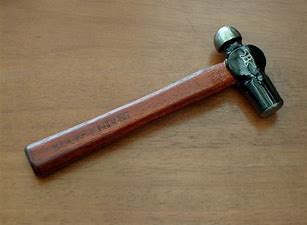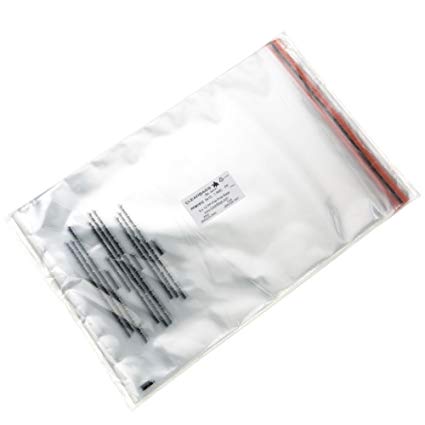Brand Discovery Advice.
Robert Eichner a successful marketer and cohort here in Asheville shared something his dad Arthur told him many years ago “When you ask for advice you get money, when you ask for money you get advice.”
This is some sound counsel. In fact, I’ve lived by it for decades. The money I have made at What’s The Idea? is directly attributable to the interviews I conduct through my brand planning rigor. Until the machines take over it is people who buy stuff. So, it is people who fuel the strategy. Of course, market data, trends, competition and culture factor in, but it’s the words and deeds people share that form the brand claim and proof array.
I’ve never had to pay people to ask them a few questions about brands, markets and buying behaviors. Never. In fact, once you pay for advice, it’s probably tainted.
Ask questions, ask advice as Arthur Eichner suggests, and you’ll get a wealth of information. Brand planners are interested by nature. They are not data collectors — they are learners. And organizers. Data only supports and proves our learning.
Ask and you shall receive.
Peace.








